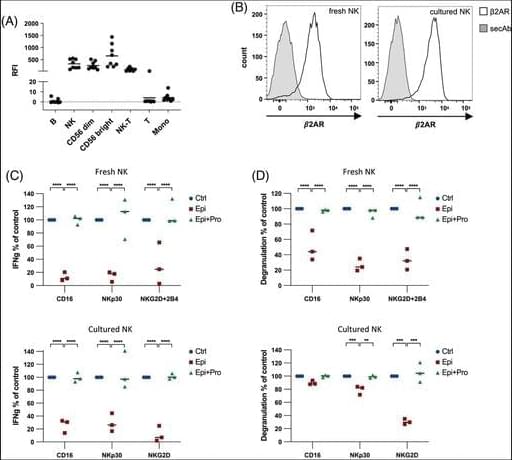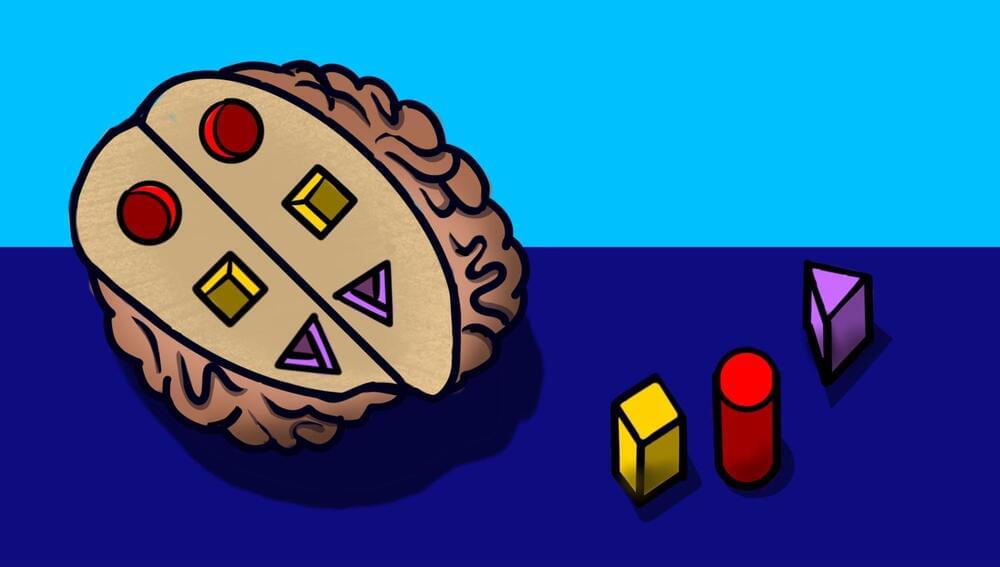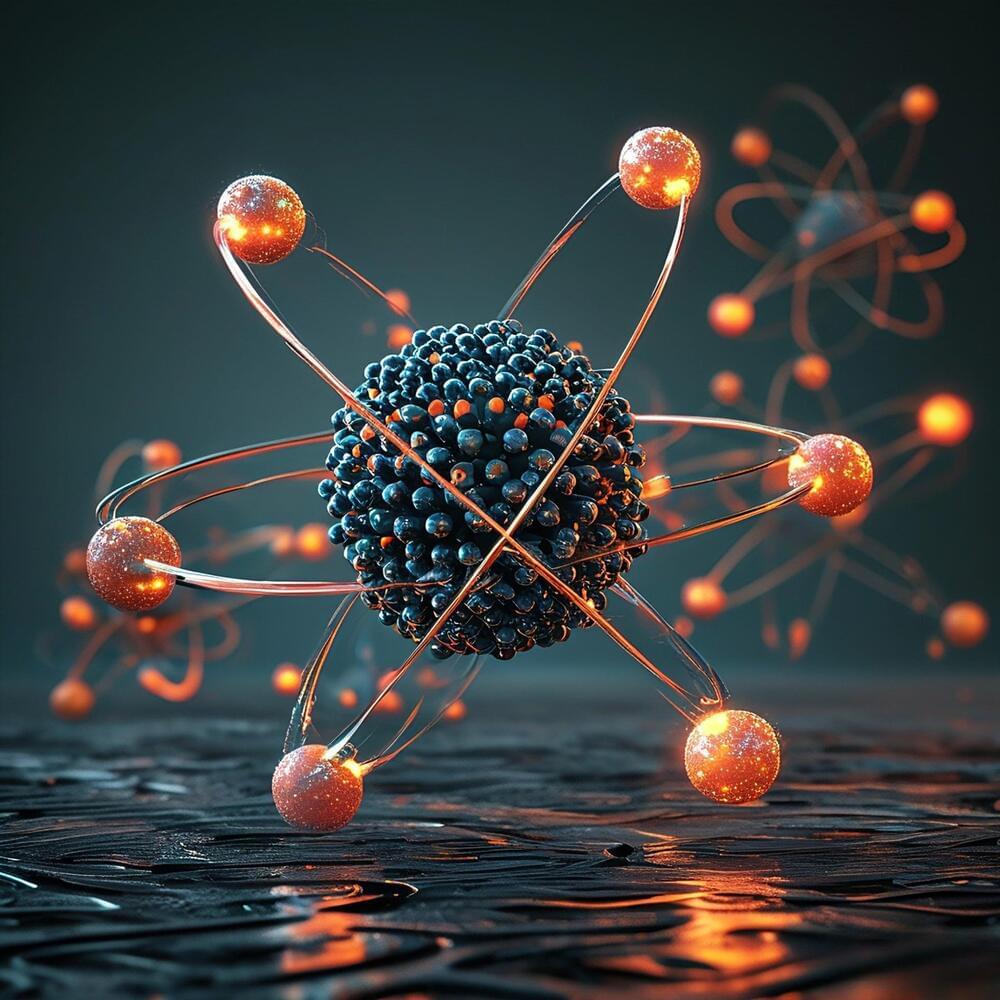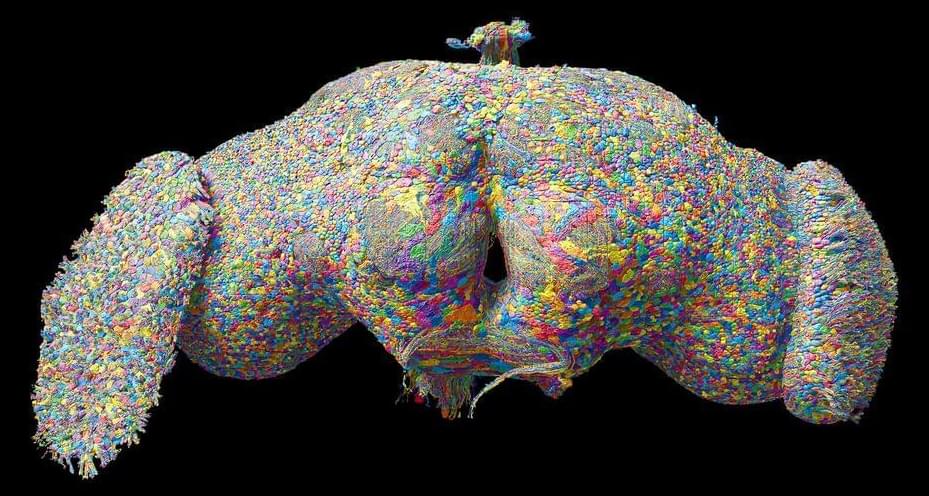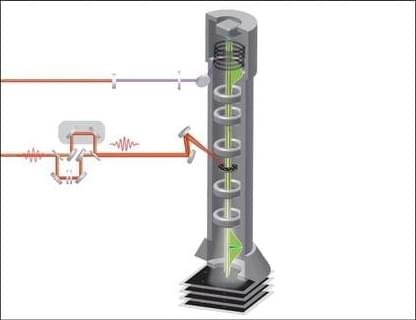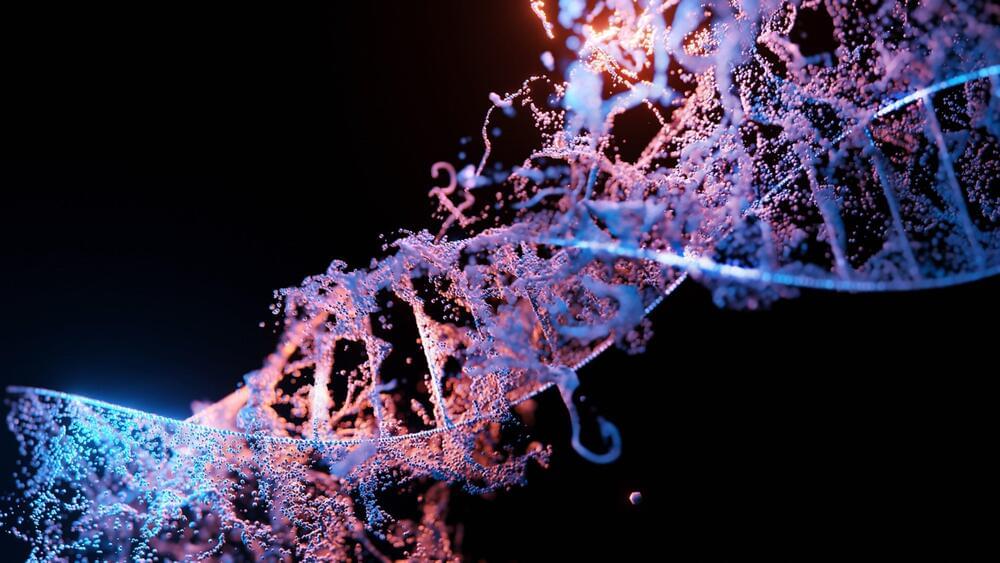For the last three years,…
A UWE Bristol researcher hopes to revolutionise the jewellery industry and its supply chains with the creation of unique gemstone and jewellery designs with ground-breaking properties — including the world’s first single stone glow-in-the-dark manmade crystal.
For the last three years, award-winning jewellery designer Sofie Boons, who’s a Crafts Council Research Fellow at the university’s Centre for Print Research (CFPR), has been undertaking tests on the viability, limitations and use of innovative and experimentally grown crystals in the production of contemporary jewellery.
Working in collaboration with Swiss company BREVALOR Sarl and using their new material ‘BRG’, Sofie has successfully facetted a single stone out of the material – offering jewellery designers a crystal which is not only brilliant when seen in daylight, but illuminates when seen in the dark.

